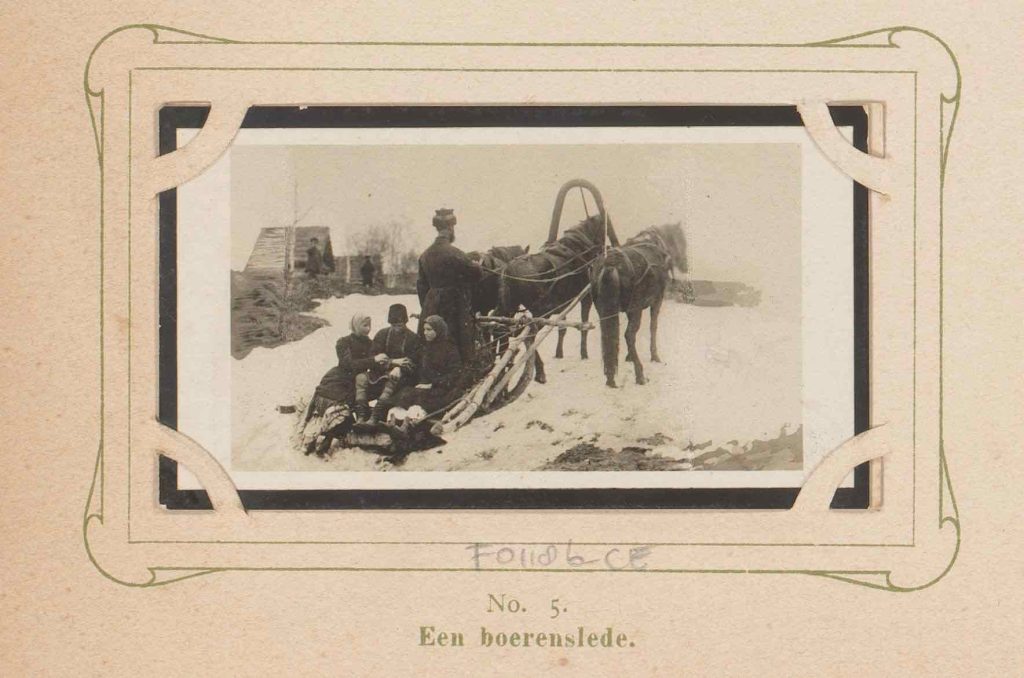OTD in early British television: 3 April 1933

John Wyver writes: On 3 April 1933 the BBC’s 30-line producer Eustace Robb, who had been overseeing transmissions since the previous summer, mounted his most expansive musical production to date. Transmitted from the tiny studio BB at Broadcasting House, achieved with just a single ‘scanner’ (effectively the camera), The Troika was designated ‘a Russian gypsy episode with music’.
This was a collaboration with Russian emigré Vladimir Launitz, a former aviator who fought for the ‘White’ forces in the Russian Civil War, and who also found the cast and arranged many of the score’s folk songs. Seven principals put across 18 numbers, before scenery designed by Count George Armfeldt and with dresses by Tatiana. (The latter is almost certainly Tatiana Georgievna Bruni; any further info on either her or the Count would be much appreciated.)
Writing in the monthly Television, and noting that Robb ‘certainly spread himself on this show’, ’Spectator’ saw this presentation as a significant step forward in television production ‘that in microphone “fades” and effects had all the complications of a radio play plus the lighting, focussing, dressing and movement required by television.’
‘Spectator’ also provided an informed analysis of the shots employed by Robb and the team, and this is a fascinating document about the early development of screen grammar.
In contrast to the intricacies of production, the story was simple, a pretty excuse for Russian songs and gypsy music. The deep throaty voice of the drunken driver, Paul Molchanoff, and the singing of Marian and Nicolas Rabenech, the Princess and her friend impressed me most.
A sectional set up was tried for the first time, involving rapid changes from close-up to extended and ‘semi.’ While the artists were in close-up, as it were before the curtain in a theatre, the scene behind was being prepared for the next semi-extended or distant shot.
As the coachman was swilling vodka from a bottle, stage hands were setting up the window for the interior scene at the Yar. The change of decor obviated dialogue that would otherwise have been needed to remove the players from outside to inside the Yar and so hastened the action.
I have always considered the semi-extended shots the least effective. Such picutres lack the detail of the close-up without providing the free movement of the extended but Eustace Robb finds the semi-distant scene of value.
There are times when gesture is all-important, as when the Prince sat in the window of the Yar with the gypsy on his lap, and in such cases a cut-off at the knee is not vital, though feet can be expressive as we know.
The miming was effective throughout this programme, and I commend the Princess who registered woe like a broken-hearted Garbo, and sang a sad song as only Russians can. The use of a platform was an ingenious move. It was raised only six inches from the floor, but as the gypsy sprang upon it the beam lifted and the movement conveyed the impression of a stage.
In just such a way, 92 years ago, Robb and the studio team were beginning to forge the studio language of television.
Image: the photograph has absolutely nothing to do with the programme, but rather is a troika with a peasant family from a Russian photograph album of c. 1904-05, courtesy of the wonderful Rijksmuseum open access website.
Leave a Reply